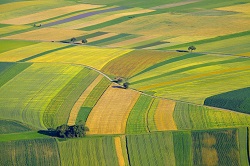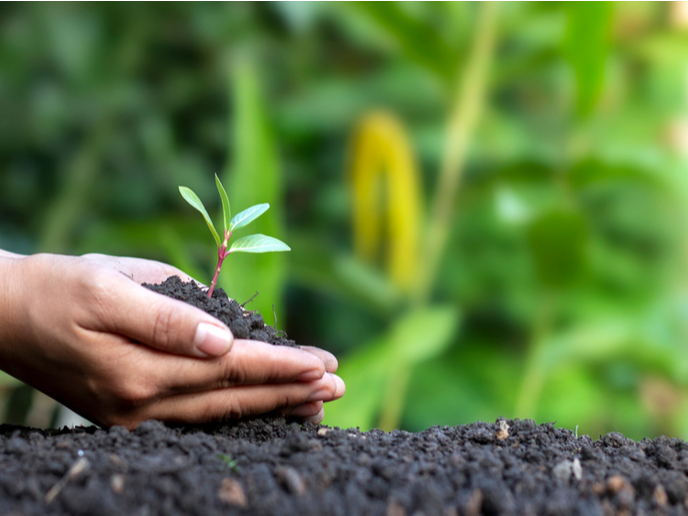Novel methods and products for better global monitoring of agriculture
In 2011, the Group of Twenty launched the Group on Earth Observations’ Global Agricultural Monitoring (Geoglam) initiative to improve crop forecasts and increase transparency in agricultural production. The creation of an operational global agricultural monitoring ‘system of systems’ based on Earth Observation (EO) and in situ observations would help to accomplish these objectives. The need for long-term information on agricultural dynamics EO-based information systems, which are currently mostly focused on short-term agricultural productivity forecasts, need to be improved in order to assess the various aspects of cultivation practises and their impact on productivity and the environment. This is a key requirement for exploring possible paths towards the long-term sustainability of agriculture. ‘SIGMA, as part of Europe’s contribution to GEOGLAM, actively networked with expert organisations worldwide in a common effort to enhance existing remote sensing-based agricultural monitoring techniques,’ says Dr Sven Gilliams, project coordinator for the EU-funded project SIGMA. SIGMA developed innovative methods and indicators to monitor and assess progress towards sustainable agriculture. Focus was on the evaluation of the longer term impact of agricultural dynamics on the environment and vice versa. To achieve its goals, the project implemented capacity building and data management activities in research and monitoring organisations in Europe, Africa, Asia and Latin America. SIGMA strengthened national and global agricultural management capacity, and facilitated knowledge exchange through several training sessions, modules and materials on remote sensing-based agricultural monitoring. The remote sensing-based methods identify, map and assess: agriculture and cropland changes, globally, regionally and locally; changes in agricultural production levels and shifts in cultivation practices; and environmental impacts of agriculture. The methods ‘contributed to the establishment of a global observation system for assessing the impact of cropland areas and change in the environment,’ explains Dr Gilliams. ‘This will strengthen global agricultural monitoring by improving the use of EO for crop production estimations.’ Pooling environmental, agricultural and remote sensing expertise for optimised global monitoring Project partners ensured data interoperability and accessibility to the GEOSS Data-CORE – a distributed pool of documented datasets with full and open unrestricted access – to support the development of a global ‘system of systems’ for crop monitoring. This was done by coordinating the collection of EO and in situ data and their dissemination, and facilitating data sharing and exploitation among the larger agricultural monitoring community and wider scientific community. They also created new local and global maps of agricultural systems. A database of all products is freely available on a dedicated project server. An international partnership was established, comprised of GEO Agricultural Community of Practice members and GEOGLAM stakeholders. An active network of agricultural and environmental monitoring and research organisations in Europe, Asia, Africa and the Americas was created. The global network will remain active thanks to GEOGLAM and Joint Experiment of Crop Assessment and Monitoring. According to Dr Gilliams, the new products and methods will help policy- and decision-makers to better understand how ecosystems and agricultural sustainability is influenced by changes in cropland distribution and cultivation practices. ‘SIGMA gathered European and international partners well renowned in agricultural monitoring,’ concludes Dr Gilliams. ‘As such, the key components are in place for a global agricultural monitoring system that will bring together and harmonise monitoring efforts around the world.’
Keywords
SIGMA, environment, agricultural monitoring, sustainable agriculture, Group on Earth Observations’ Global Agricultural Monitoring







